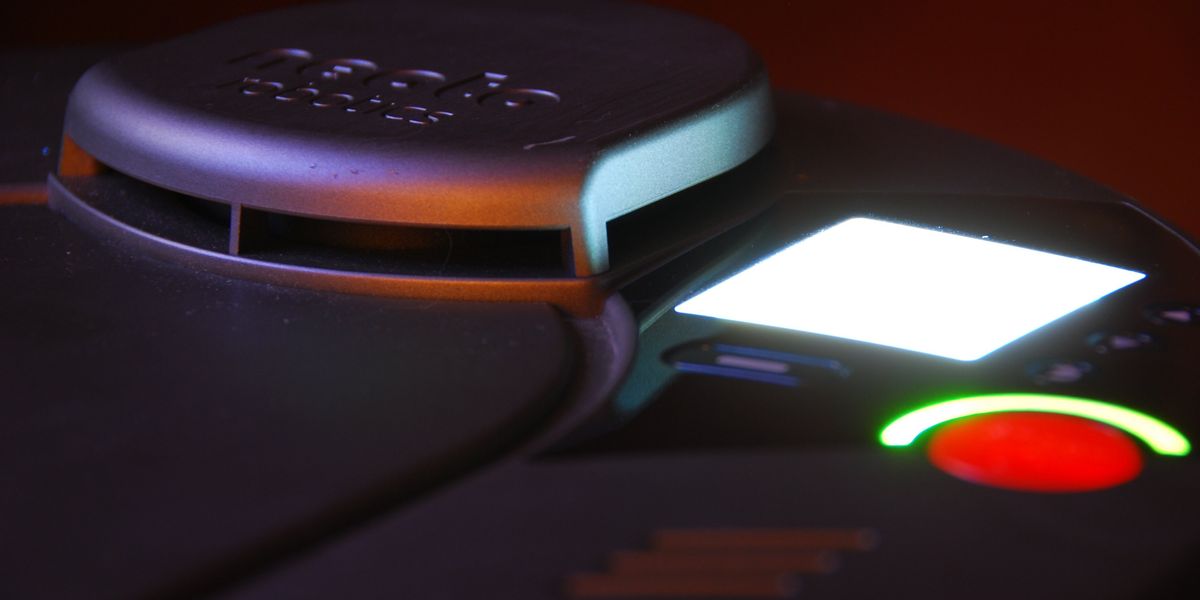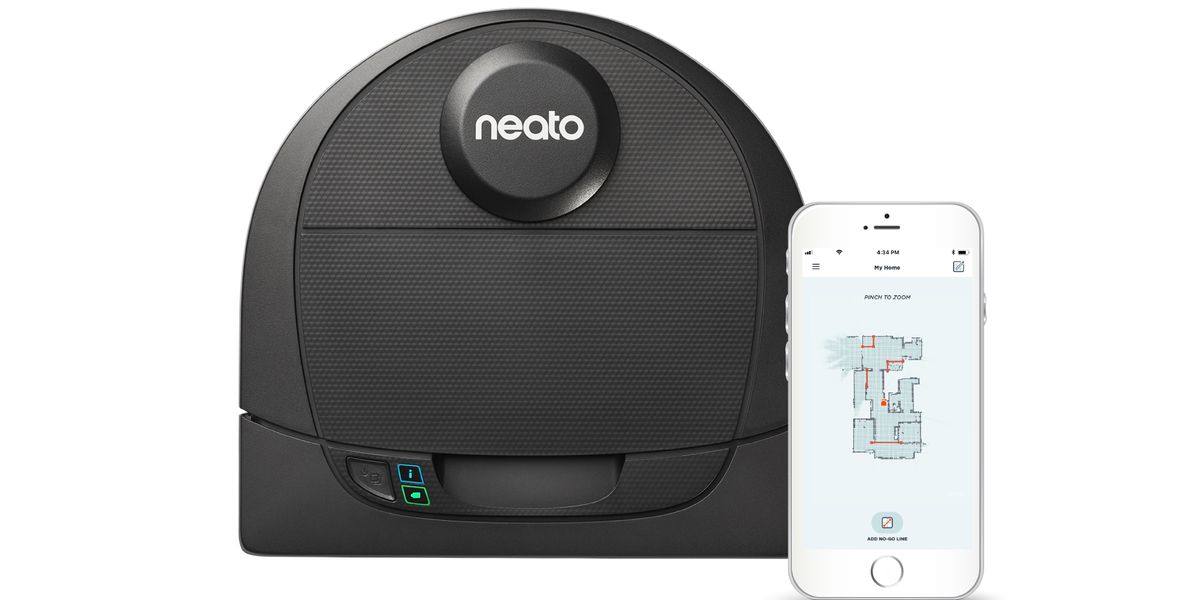BotVac

Neato is a robot vacuum that uses an advanced laser sensor to map and navigate rooms. It detects walls and objects and cleans close to edges and around objects, without bumping into your furniture.
- Creator
- Year
- 2012
- Country
- United States 🇺🇸
- Categories
- Features
Did you know?
Neato Robotics says that, like other robot owners, Neato users love to name their bots. Examples include Sheldon Von Suction and Sir Sucks A Lot.

History
The idea behind Neato was born in a classroom. Joe Augenbraun was a Stanford grad student with an eye on starting a robot company. He didn't have a specific product in mind and was still looking for that "great idea" when he met classmates J.B. Gomez and Linda Hirschhorn Pouliot. Gomez had a background in business development and, like Augenbraun, an interest in robotics. Pouliot was looking to use her manufacturing and product experience to create a start-up focused on products for women. The trio entered Stanford's annual Entrepreneur's Challenge, which required them to develop a business plan for a new company. When they eventually decided to take a look at the emerging market of floor cleaning robots, they weren't impressed. Existing robots used software algorithms that made them move almost randomly, taking far too long to clean. So they set out to develop a better solution: a robot equipped with an intelligent navigation system using lasers and cameras. In 2010, Neato released its first robot vacuum. Today, the concept of a smart laser guidance system is the heart of every Neato robot.

Specs
- Overview
Vacuum and brushes designed for carpet, wood, and tile floors. Square front and low profile for cleaning close to walls and corners.
- Status
Discontinued
- Year
2012
- Website
- Width
- 33 cm
- Height
- 10.2 cm (Neato XV Signature Pro model)
- Length
- 32 cm
- Weight
- 5.9 kg
- Speed
- 0.9 km/h (max)
- Sensors
Laser distance sensor for 2D point cloud navigation; optical drop sensor to avoid cliffs; optical proximity sensor for close wall following; Hall effect sensors for boundary marker detection; accelerometer for tilt detection; bump switches for obstacle detection; wheel encoders to assist with telemetry; voltage and current sensors to assist with charging and motor control.
- Actuators
Two drive motors, one brush motor, and one blower for vacuum.
- Materials
ABS plastic
- Compute
Custom computing and robot control system.
- Software
Custom navigation and control software based on Linux OS. Software upgrades via Web download or USB. Limited API commands published for hobbyists.
- Power
3200 mAh nickel-metal hydride batteries, 60 minutes of operation (depending on floor type).
- Cost
- $450 (robot and accessories)







